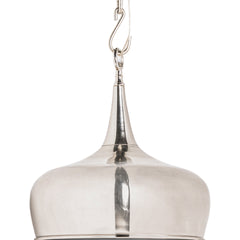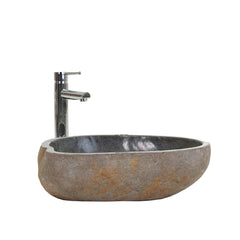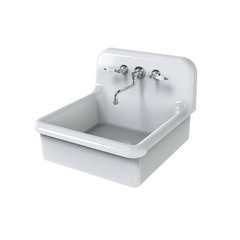In 2024, Europe achieved a significant milestone in river restoration by dismantling 542 river-blocking structures—including dams, weirs, culverts, and sluices—marking an 11% increase from the previous year. This effort, spanning 23 countries, underscores a growing commitment to reconnecting waterways and enhancing ecological resilience.Earth.Org+10The Guardian+10X (formerly Twitter)+10The Guardian+2Dam Removal Europe+2Dam Removal Europe+2
Finland led the continent with 138 removals, followed by France (128), Spain (96), Sweden (45), and the UK (28). Notably, Bosnia and Herzegovina, Croatia, the Czech Republic, and Turkey participated in barrier removals for the first time.The Guardian+4The Guardian+4Dam Removal Europe+4
The majority of dismantled barriers were small, obsolete structures—90% were culverts and weirs less than two meters high—making them more cost-effective to remove. These actions have reconnected over 2,900 kilometers of rivers, benefiting biodiversity and aiding in climate adaptation efforts.The Guardian+5The Guardian+5The Guardian+5Dam Removal Europe+1International Water Power+1
Key restoration projects include the Giovenco River in Italy, where five barriers were removed along an 11-kilometer stretch, and the Rulles and Anlier catchments in Belgium, where 11 impassable culverts were replaced with bridges to protect the critically endangered pearl mussel. Additionally, nearly 400 barriers are being removed along the Torne River, which forms part of the border between Sweden and Finland.The Guardian+1Dam Removal Europe+1
Despite these advancements, Europe's rivers remain heavily fragmented, with an estimated 1.2 million barriers, many undocumented. The European Union aims to restore 25,000 kilometers of rivers to a free-flowing state by 2030, requiring member states to develop coordinated action plans by 2026. Experts emphasize the need for a paradigm shift in recognizing the ecological impact of small-scale barriers to achieve long-term river restoration goals
0 comments













